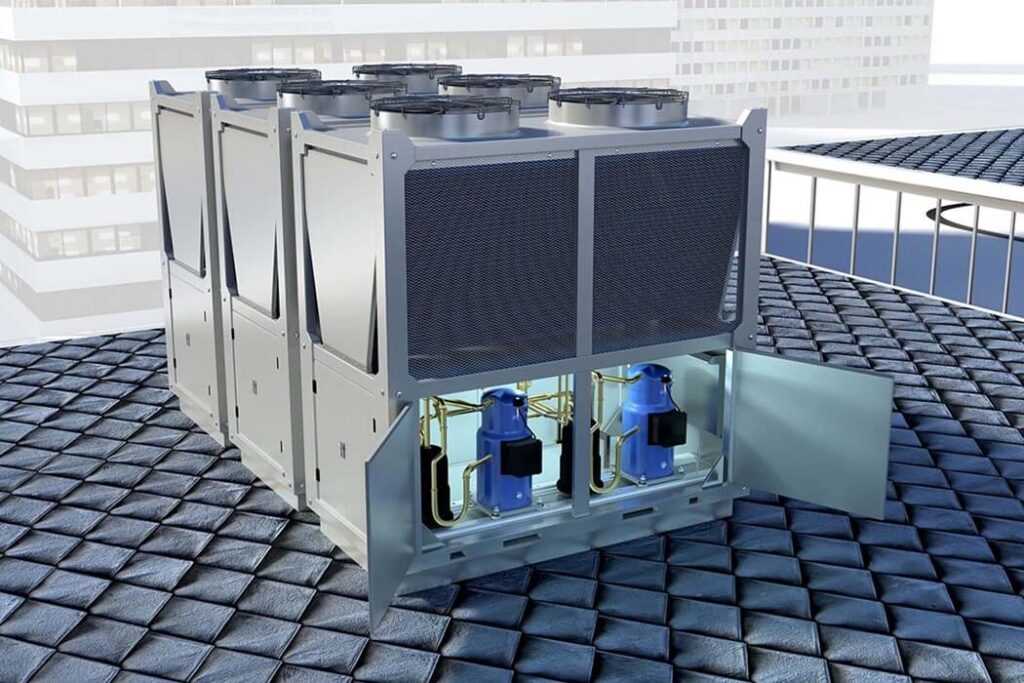HEAT PUMP INSTALLATION IN A PRE-EXISTING HOUSE

heat pump
A device that effectively moves heat from one place to another is a heat pump. Similar to an air conditioner, a heat pump may move heat out of your house to make it cooler while simultaneously providing the additional benefit of bringing the heat back in to make it warmer. They can even entirely take the place of air conditioners throughout the summer. Whether you currently heat your house with a natural gas or propane furnace, installing a heat pump is a great way to lessen your carbon footprint and save money when you use the heat pump in the spring and fall instead of the furnace.
BEFORE INSTALLING THE HEAT PUMP
Before purchasing a heat pump, you should consider the following:
- House efficiency: It’s a good idea to improve your insulation and plug any air leaks before installing a heat pump. You can use your heat pump in place of your furnace for longer in the winter the more energy-efficient the envelope of your home is.
- Size of the heat pump: To make sure your heat pump operates as efficiently as possible, consult a licensed HVAC professional to choose a heat pump that is the right size for your house. The size of the heat pump will depend on how much air your current duct system can efficiently move.
- Type of heat pump:The two main types of heat pumps to think about are ground source and air source. Air source heat pumps use the air outside your house as both a source and a destination for heat throughout the summer. They are simpler to assemble. Geothermal heat pumps, also referred to as ground source heat pumps, need subterranean piping. Ground source heat pumps are very effective because the earth’s temperature is essentially constant throughout the year. If you’re looking for the most energy-efficient heating system conceivable, you should think about a geothermal system.







